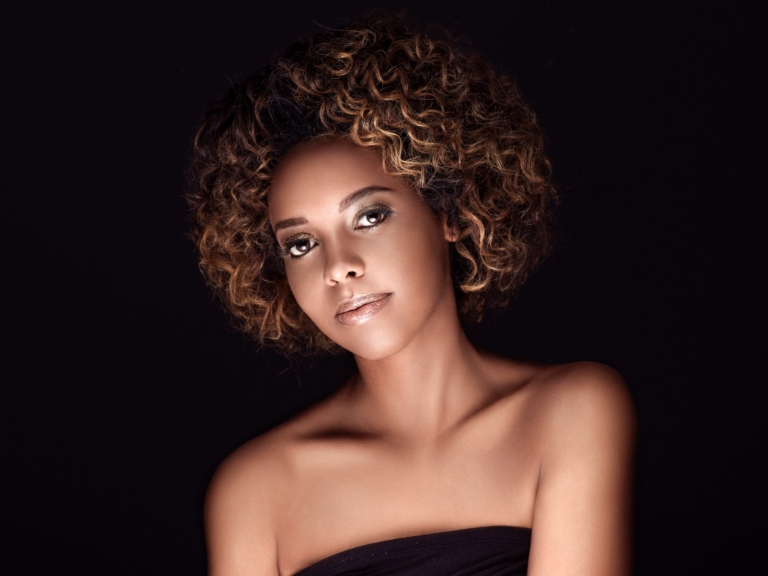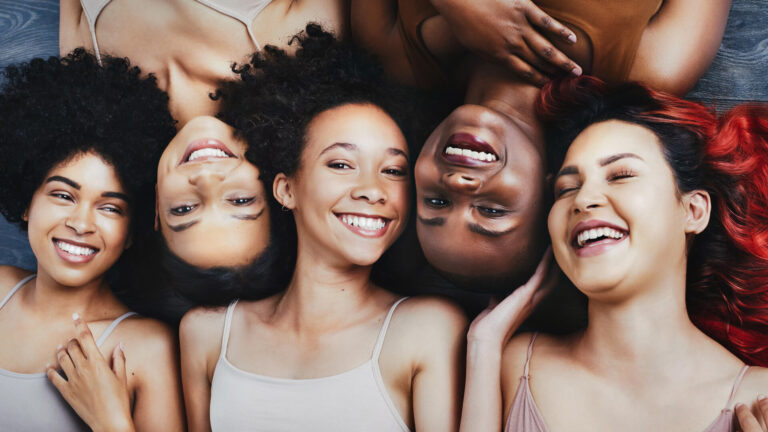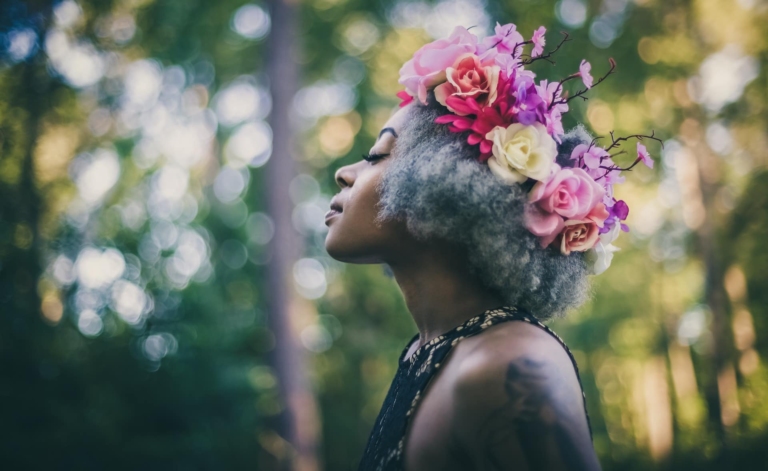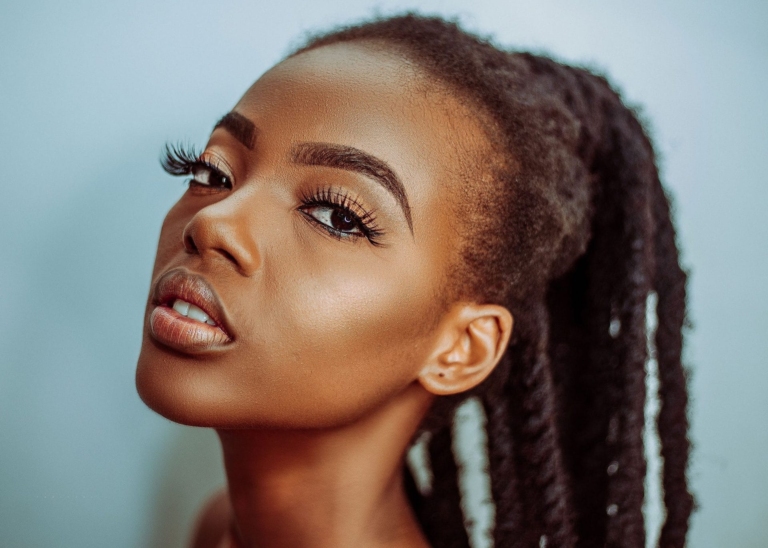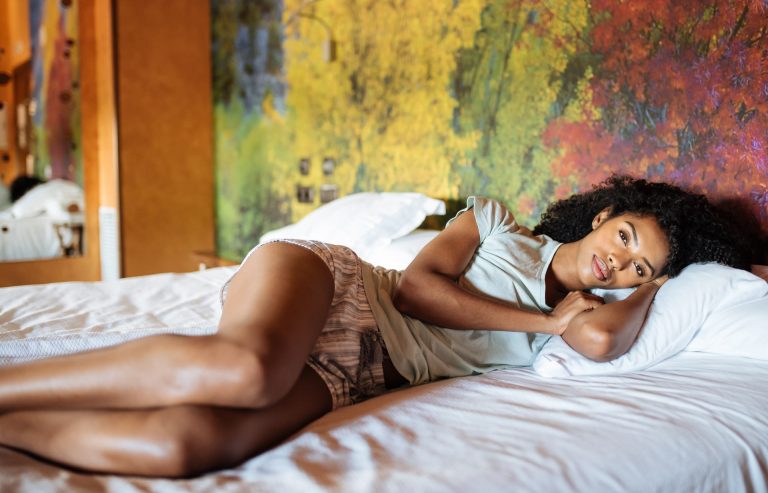Glycerine for hair: What does it do?
Glycerin is a well-known and widely-used cosmetic ingredient.
Its moisturizing and protective properties are particularly appreciated, making it a perfect product for hair and skin care.
What exactly is glycerine?
What are its uses and properties?
Glycerine is generally divided into two categories: natural and synthetic.
I’ll tell you about natural glycerine, which can be of vegetable origin, made from coconut oil, soybean oil and palm oil.
Or made from animal fat.
Before discussing the properties of glycerine, a few words about glycerine itself.
Glycerine occurs naturally in certain fruits and vegetables.
It is also present in products such as dairy products, processed vegetables and meats, oatmeal and cereals, to which it is added in very small quantities to thicken the texture.
What’s more, natural glycerine is also present in the bodies of many animals, where it acts as an antifreeze, often decisive for survival in harsh climatic conditions.
Glycerin for hair
Glycerine is a valuable humectant.
It binds substances together very well, which is why it’s a good idea to use it to create hair masks at home.
Like glycerine for the skin, its main purpose is to moisturize and prevent dryness of hair and ends.
On the other hand, it can accentuate dryness, which occurs if the environment is dry, as glycerine then starts to extract water from the tissues.
This is why glycerine for hair is usually accompanied by emollients that form an occlusive layer and prevent moisture from evaporating.
Glycerine is recommended for fragile, brittle, unruly and curly hair.
A single drop rubbed into the palms of your hands and applied to wet hair will leave it shiny, smooth and easy to style.
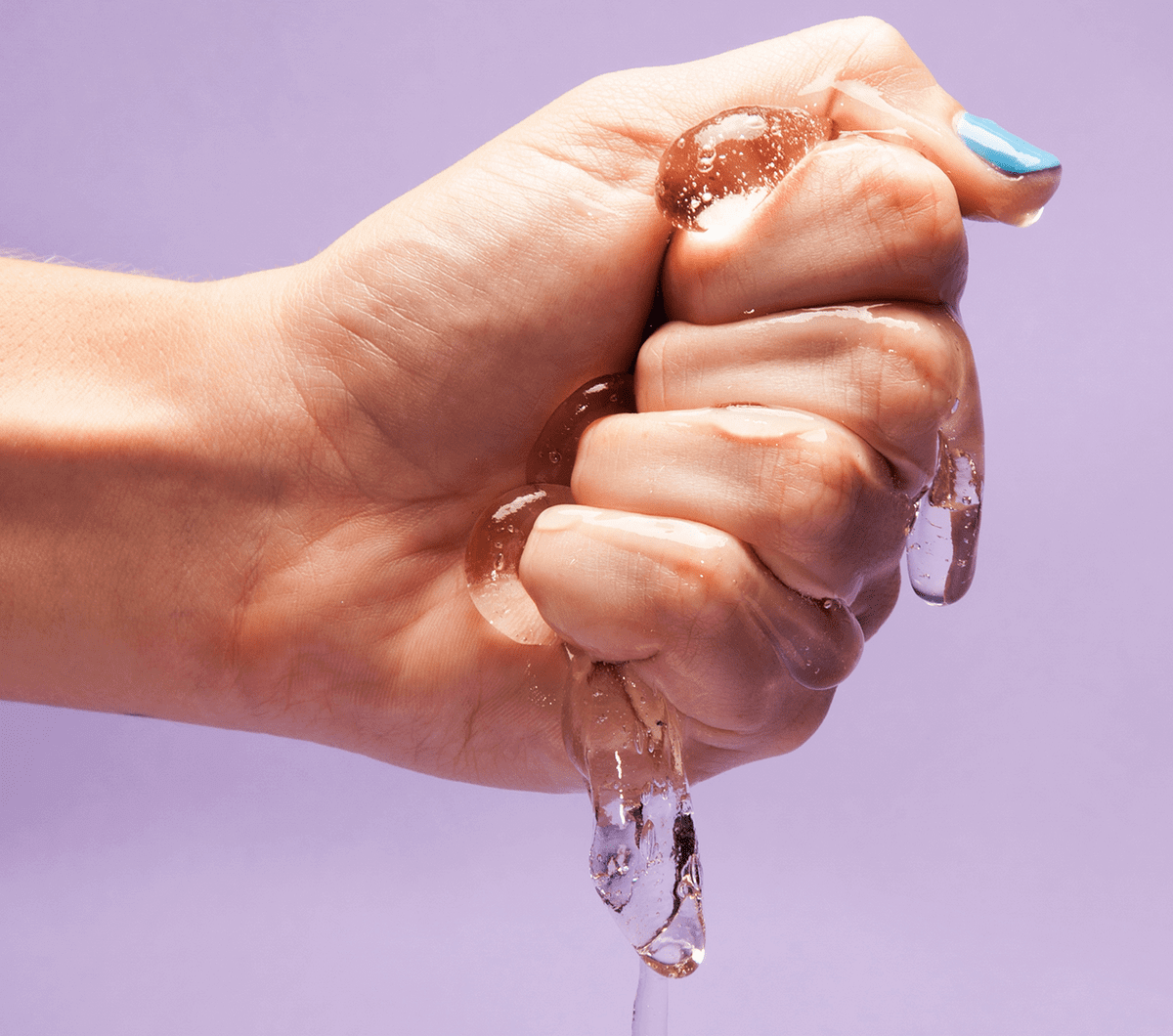
What effects can you expect glycerine to have on your hair?
Of course, your hair will be better moisturized, so it will be softer and shinier.
What’s more, well-moisturized hair is much easier to style.
It’s also softer and more pleasant to the touch.
Regular, appropriate use of vegetable glycerine also helps tame dry, split ends.
Properly applied to hair, glycerine delivers more than satisfying results.
Hair becomes shinier, fresher, straighter and more manageable.
The scalp is also moisturized, which is particularly important for those suffering from dryness and related scalp disorders.
In addition, natural glycerine combats the problem of split ends.
This substance regenerates damaged, fine, brittle and dry hair.
Thanks to glycerine, nutrients penetrate the hair while protecting it from harmful external factors.
Does glycerine weigh down my hair?
If you have oily hair, you may want to avoid applying products directly to your hair without rinsing.
There’s no need to worry about that with glycerine.
Glycerine has a very light texture and doesn’t weigh your hair down.
You can confidently apply it to your hair when you want to control unruly strands and leave it on.
How is vegetable glycerine made?
The main sources of vegetable glycerine are coconut oil, soybean oil and palm oil.
It is hygroscopic (capable of absorbing moisture) and hydrophilic, able to bind to water molecules, making it a desirable ingredient in skin and hair care cosmetics.
Glycerine is commonly used in the manufacture of cosmetics and medicines, both for external and internal use.
It can bring skin health benefits to improved hydration.
Find out how glycerine works for winter skin and hair care:
Cosmetic glycerin is a humectant.
On the one hand, it moisturizes, softens and smoothes the skin; on the other, it promotes regeneration and protects against excessive dryness.
Thanks to its excellent emulsifying and hygroscopic properties, it is often used as an ingredient in moisturizing, anti-wrinkle and protective creams, as well as in hand and foot care products.
Cosmetic properties of glycerine:
- Strong, long-lasting hydration
- Improves skin condition and mechanical properties
- Accelerates epidermal regeneration and wound healing
- Has an antibacterial effect, protecting the skin from harmful microorganisms
- Acts as a barrier to protect skin from harmful elements, including wind and cold
- Strengthens, smoothes and makes hair softer and more manageable
- Prevent split ends
Glycerine has a proven moisturizing effect.
Studies show that applying glycerine to the skin can gradually improve its softness and elasticity.
The results are promising: glycerine-based creams can increase skin hydration in just 10 days.
What’s more, skin hydration after using glycerin creams lasts up to 24 hours.
The main cosmetics containing glycerine are all moisturizers, i.e. facial moisturizers and body lotions, and protectants such as lipsticks and winter creams.
You’ll find it in products for both children and adults.
In the case of natural and vegan cosmetics, we add vegetable glycerine, whose action is gentle and safe even for babies’ sensitive skin.
Natural glycerine is a colorless, cloudy, odorless syrup with a slightly sweet taste.
It is soluble in water and alcohol.
Glycerine was discovered accidentally over 200 years ago by heating a mixture of olive oil and lead oxide.
It is thought to have been invented by the German-Swedish apothecary and chemist Carl Wilhelm Scheele, who called it the “sweet principle of fat” in 1779.
The name“glycerine” comes from a Greek word meaning “sweet” and was given in 1811.
It was invented by French chemist Michel Eugène Chevreul.
“One of my biggest dreams is that my company will be able to change the course of one family’s life, one child at a time by giving back to the community.”


